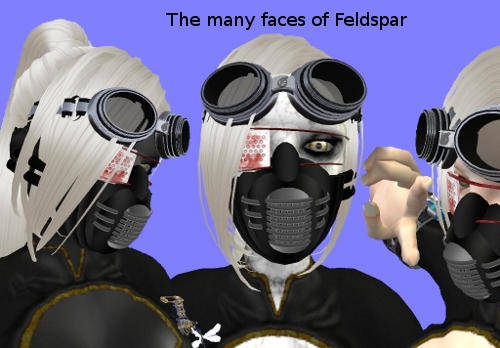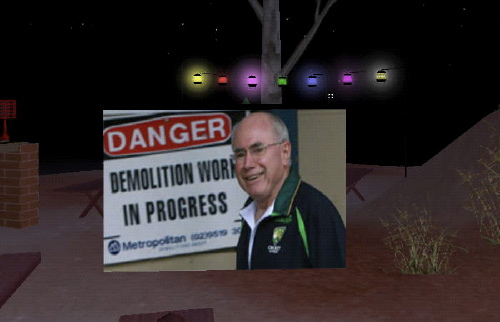Just a reminder that one of Australia’s best virtual worlds get-togethers in on this weekend in Melbourne and in Second Life – AVWW 2008.
Registrations remain open – there’s no cost for in-world attendance, $20 for students and presenters attending the Melbourne event, $50 for other attendees.
There’s a great program on offer so do think about registering – Australians are at the forefront of virtual worlds research and development and forums like this will ensure things keep going from strength to strength.
Our own Feldspar Epstein will be attending this weekend to cover the best of the event but nothing will beat being there yourself.



Recent Comments